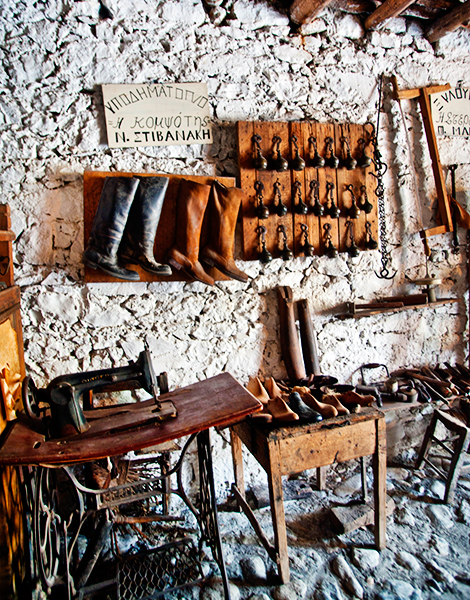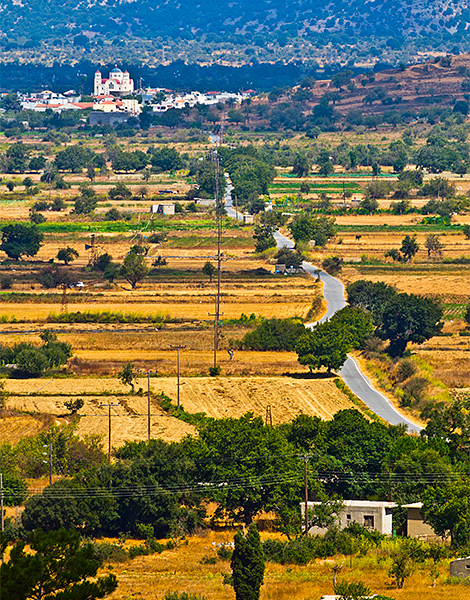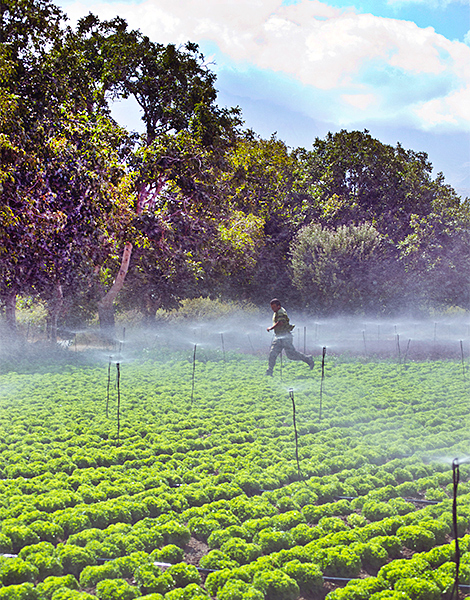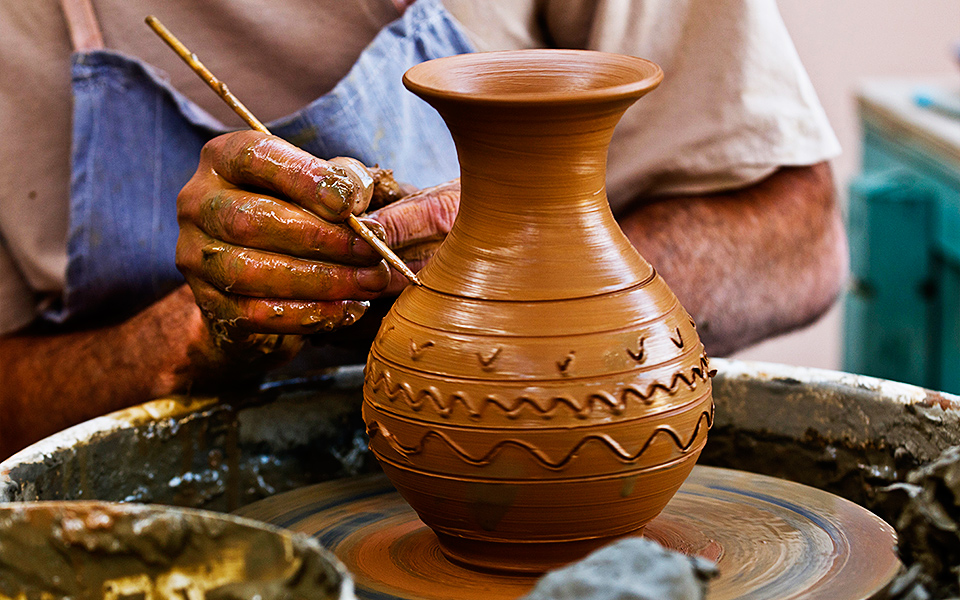Traveling through the villages
The villages of Tzermiado, Avrakontes, Lagou, Aghios Georgios, Psychro and Mesa Lasithi are some of the best-known on the plateau. They are all close to each other, and all feature single-level and two-story houses, stray cats and lots of silence. It’s certainly worth stopping at the traditional cafés (kafeneia) you encounter as you go from one village to the next; the traditional Tsamandoura.
Café in Mesa Lasithi or the Zorbas Café in Tzermiado, for instance, are perfect for Greek coffee, a meze side dish or two, some tsikoudia (distilled Cretan spirit) and a chat with locals. And do not skip a visit to the complex of traditional museums in the village of Aghios Georgios. This complex includes sections on folklore and traditional village life as well as ecclesiastical objects and a neo-classical house of the early 20th century, as well as a separate museum devoted to the esteemed Cretan Eleftherios Venizelos, a statesman who served seven tenures as Prime Minister of Greece in the early 20th century. A charming outdoor café awaits you there as well.

© Clairy Moustafellou

© Clairy Moustafellou

© Getty Images
Zeus and Cronus caves
A slightly demanding walk of around 15 to 20 minutes along a busy trail heading away from a parking facility close to the village Psychro leads to the Dikteon Andron Cave. According to legend, Rhea, daughter of the Earth Goddess Gaia, retreated to this cave to give birth to Zeus, protecting him from being eaten by his father Cronus. According to legend, Zeus was nursed in the cave by Amaltheia, a divine goat. Discoveries from various periods – Neolithic, Minoan, Geometric, Archaic, Classical, Hellenistic and Roman – have been made within the cave itself, a part of which is open to the public. No official guided tours are offered, but a brochure containing detailed information on the site’s history is distributed to visitors, and the impressive stalactites and stalagmites are well worth the walk.
Another significant cavern, the Cave of Cronio, named after Zeus’s father, is located on the opposite side of the plateau, between the villages of Tzermiado and Marmaketo. Discoveries made here date from the Neolithic period right up to the Byzantine era, including golden artifacts as well as figurines made of ivory and faience. In contrast to the Dikteon Andron Cave, the Cave of Cronio is not particularly well known and the path to it is neglected in places, meaning it can take some time to locate.

© Clairy Moustafellou

© Clairy Moustafellou
Drainage channels and windmills
The plateau is an agricultural region whose produce includes potatoes, tomatoes, peppers, pumpkins, beans, chickpeas, apples, pears and watermelon. The Venetian rule of Crete (1205-1669) heavily influenced the agricultural development of the plateau. It was the Venetians who created the linies, or drainage channels, which remain a key trait in the region.
The windmills of Lasithi are the area’s other hallmark, and they are truly unique. Up until a few decades ago, the plateau was a vast wind-energy park way ahead of its time, with thousands of windmills working to irrigate the farmland. These days, technological progress has put an end to their usefulness, and farmers employ more modern methods to water their land.

© Clairy Moustafellou

© Clairy Moustafellou

© Clairy Moustafellou
Historic monasteries and Lasinthos Park
Two renowned monasteries on the Lasithi plateau are worth keeping in mind while in the area. The Panaghia Kroustallenia Monastery, located between Aghios Konstantinos and Mesa Lasithi, has a rich history linked to Cretan revolts against the ruling Ottomans. The Vidiani Monastery, situated between Pinakiano and Kato Metohi, features a small natural history museum.
Along with the monasteries, the Lasinthos Eco Park, an eco-tourism facility located between Avrakontes and Aghios Georgios, is also an interesting place to visit. Here, the principles of hands-on tourism have been adopted. Activities include taking part in cheese and honey production, ceramics workshops for children, and farm tours. Guesthouses offering various types of accommodation space are available in the park; lodgings are also designed to cater to persons with special needs.











